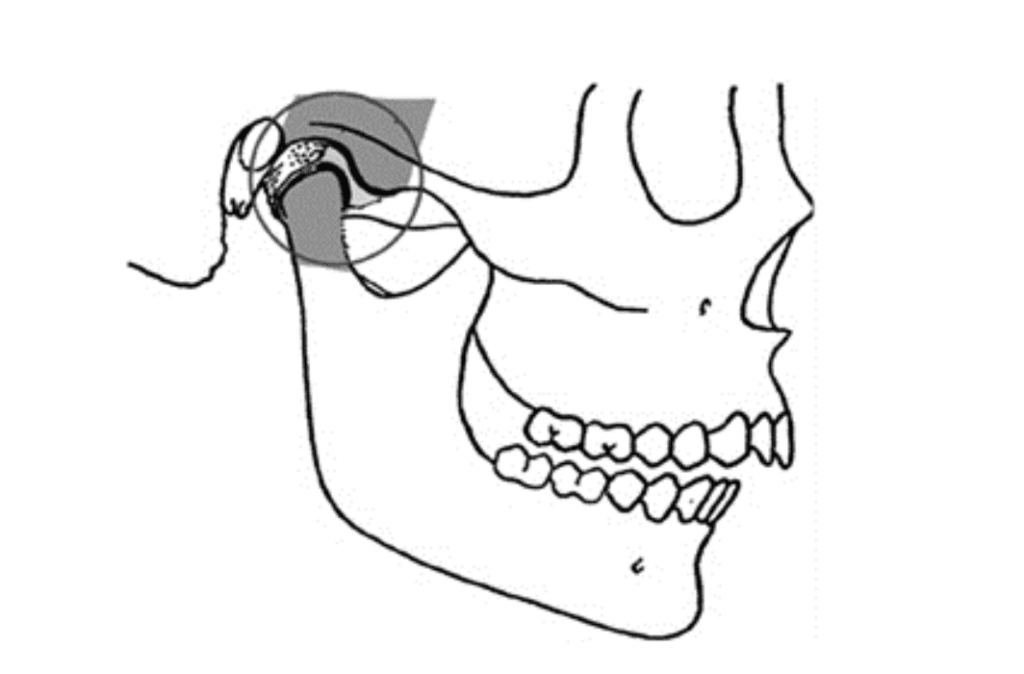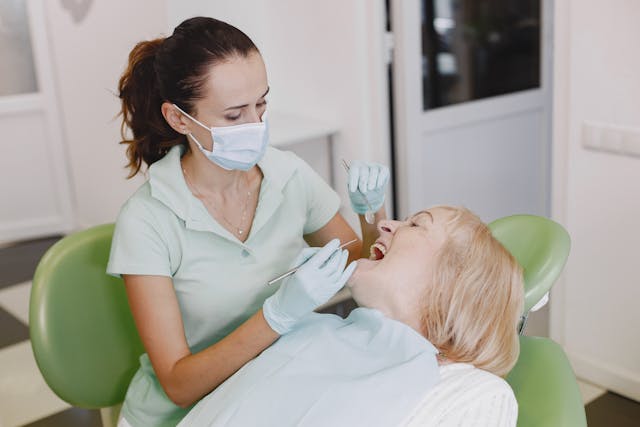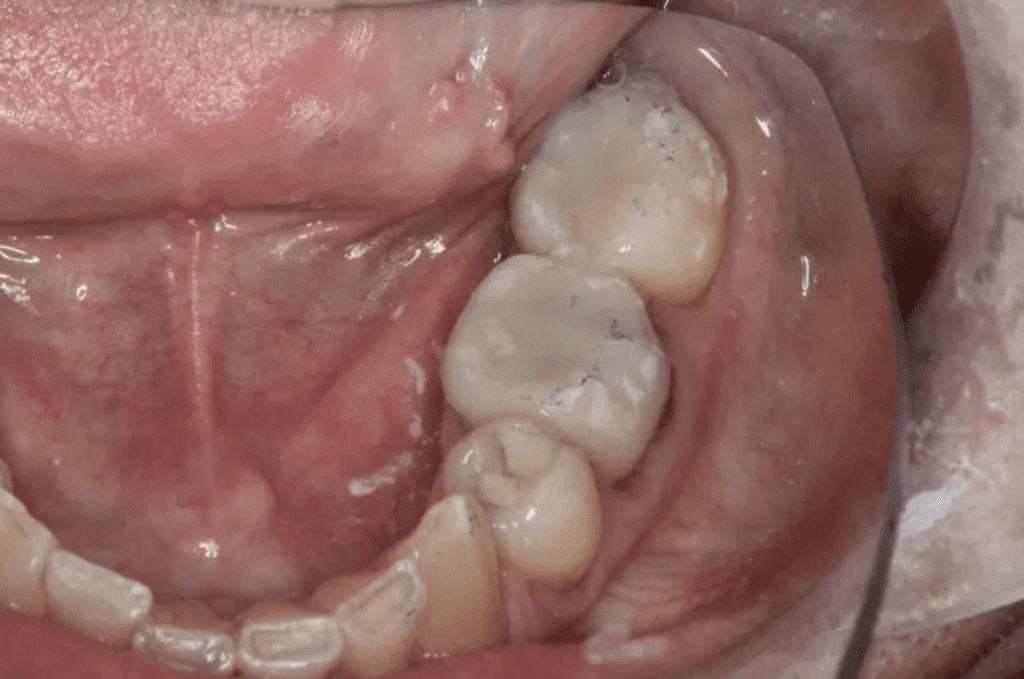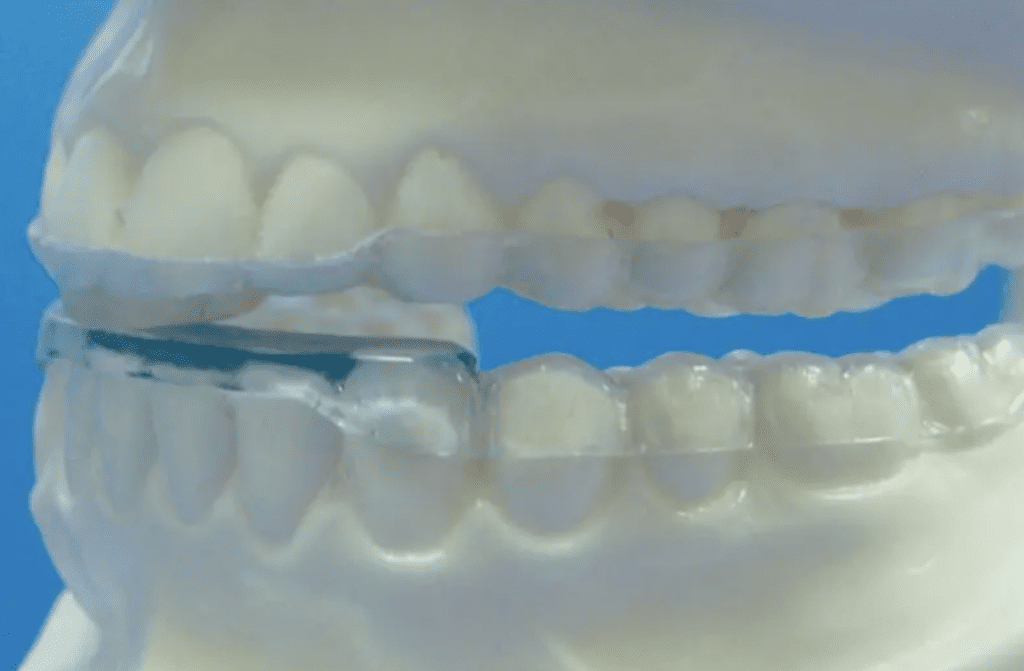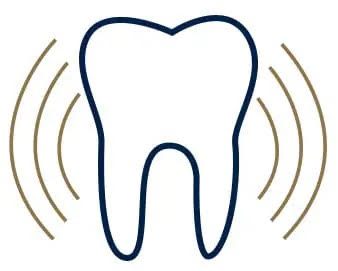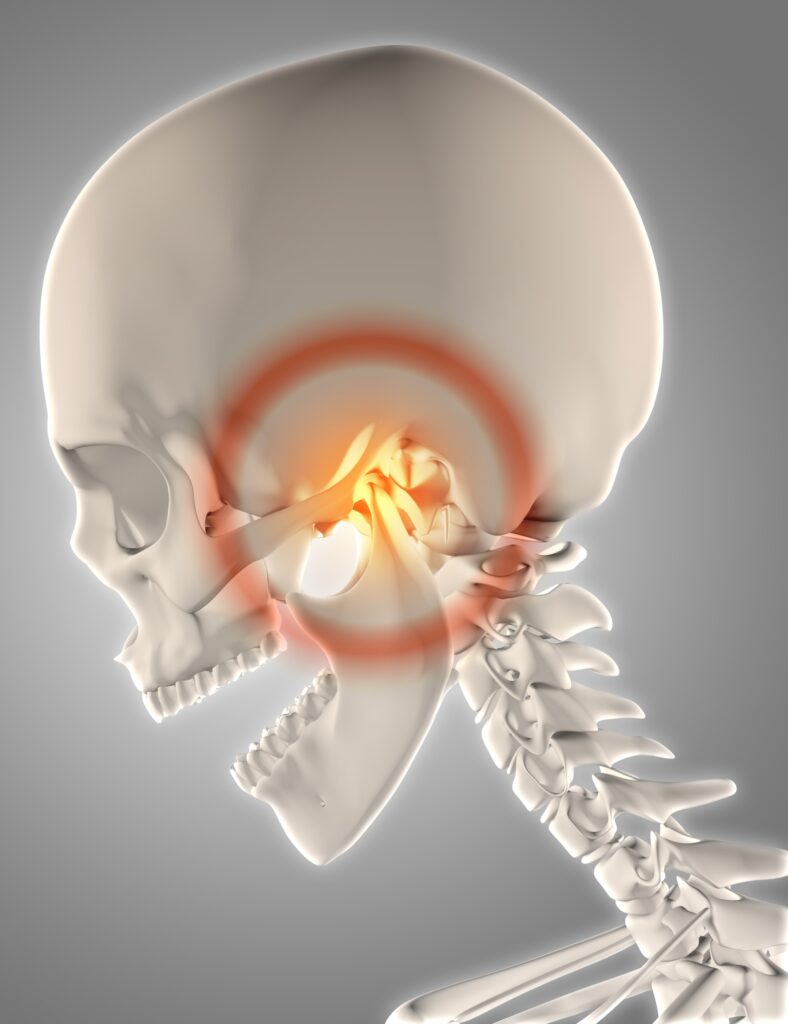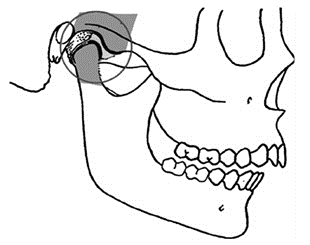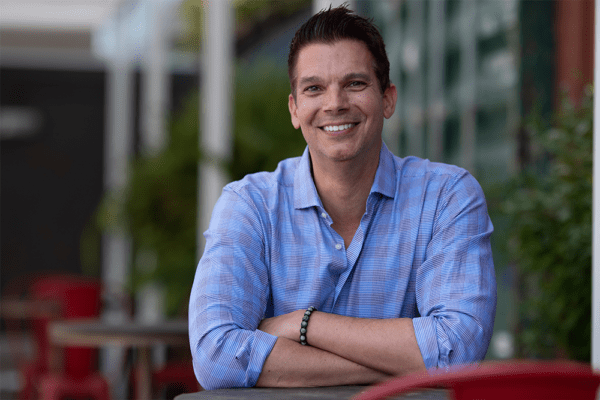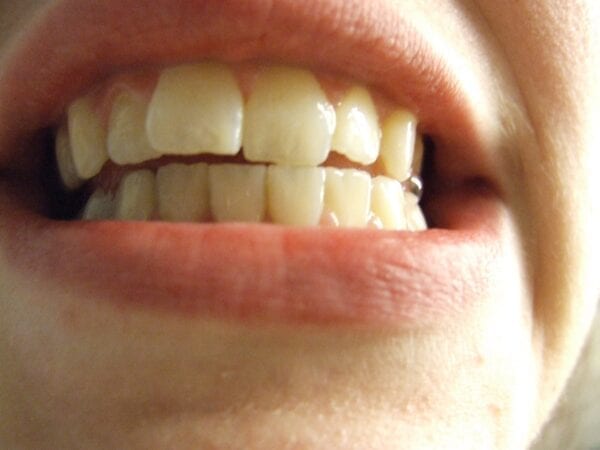![]()
Dr. Leonard Hess began teaching continuing education courses in 2005, and the topics include occlusion, smile design, treatment planning, preparation design, and practice integration of complete dentistry.
He’s taught full-day continuing education courses at the American Academy of Cosmetic Dentistry’s national meeting, The Greater New York Dental Meeting, AACD National Meeting, Pacific Dental Conference, Ontario Dental Association meeting, and The Yankee Dental Conference.
Dr. Hess also has taught courses in Japan, Germany, Poland, China, and Canada.
Dr. Hess is currently serving as the Senior Clinical Director at The Dawson Academy. He also owns Union County Center for Comprehensive Dentistry in Charlotte, North Carolina.
How Do You Know If You Achieved Centric Relation?
By: Dr. Leonard A. Hess, DDSClinical Director, The Dawson AcademyThis article originally appeared on TheDawsonAcademy.com, Dr. Hess…
TMJ 101: The Best TMD Treatment Options For Dentists
By: Dr. Leonard A. Hess, DDSClinical Director, The Dawson AcademyThis article originally appeared on TheDawsonAcademy.com, Dr. Hess…
What is Fremitus and Why Should You Check For It?
By: Dr. Leonard A. Hess, DDSClinical Director, The Dawson AcademyThis article originally appeared on TheDawsonAcademy.com, Dr. Hess allowed igniteDDS to…
Dentist Education: How Do I Predictably Prep Second Molars?
By: Dr. Leonard A. Hess, DDSClinical Director, The Dawson AcademyArticle originally appeared on TheDawsonAcademy.com, Dr. Hess allowed…
Sequencing a Full-Mouth Rehab: Anterior or Posteriors First?
The correct sequence to begin a full-mouth rehab is tobegin with the anterior teeth first, particularly the…
Q&A with Dr. Hess: Patients Who Have More Pain After Wearing a B-Splint
By: Dr. Leonard A. Hess, DDSClinical Director, The Dawson AcademyThe Article Originally Appeared on TheDawsonAcademy.com Question: What…
How to Discover Occlusal Muscle Disorders
By: Dr. Leonard A. Hess, DDSClinical Director, The Dawson AcademyThe Article Originally Appeared on TheDawsonAcademy.comLearn about Occlusion…
Considerations of Treatment Planning a Maxillary Implant Prosthesis
By: Dr. Leonard A. Hess, DDSClinical Director, The Dawson AcademyThe Article Originally Appeared on TheDawsonAcademy.comLearn about Occlusion…
How to Stabilize the Joints
By: Dr. Leonard A. Hess, DDSClinical Director, The Dawson AcademyThe Article Originally Appeared on TheDawsonAcademy.comLearn about Occlusion…
How Do You Know If You Achieved Centric Relation?
By: Dr. Leonard A. Hess, DDSClinical Director, The Dawson AcademyThe Article Originally Appeared on TheDawsonAcademy.comLearn about Occlusion…
What’s Keeping You From Being Good Rather Than Great?
One degree can make the difference betweenwater boiling and just being really hot. I know a lot of really good dental assistants out there. I mean, they are excellent at what they do clinically and their people skills are superb. Yet, they know and I know that they have weaknesses in their careers. Heck, we…
4 Principles to Grow Your Dental Practice
By: Dr. David Rice “Mask Mouth”. What does that mean for your dental practice? Let’s be honest. Our patients hear things in the news and then wonder about them before they come into our practices. A perfect example of this is “mask mouth.” Go ahead. You can click here to read about it. I’ll be waiting for…
Wildfires and another link between the mouth and lungs
The devastating wildfires in the United States are all over the news and likely on the minds of your patients One of the best ways to introduce a conversation is to find a point of shared knowledge. That can include events in the news, such as the wildfires that have devastated so many in the…
Here’s the Key to Explaining the Oral-Systemic Link
Do you know the difference betweenmajor surgery and minor surgery? That’s the start of a joke that a friend of mine once shared with me. Do you know the answer? Well, my friend said, it’s major surgery if it is happening to you. It’s minor surgery if it’s happening to someone else. Isn’t that true…
The Importance of Sticking Together and Reaching Out for Help
By: Dr. David Rice Let’s talk about something that is taught to not talk about: Mental Health. Ask for Help Friends, there is nothing wrong with asking for help. NOTHING. In dentistry, so often, there are tough times and tough days. If we internalize it and don’t talk about it, unfortunate and unnecessary things can…
31 tips to improve your mental health
Let’s think about some things that you can do every day to improve your mental health With that in mind, we came across these 31 tips from Mental Health America that can help everyone be at their best mentally. So often we think about what we can do to improve ourselves physically. But, during these…
Crest + Oral-B + Kids: Together We Can Conquer Cavities
By: Dr. David Rice Jim Rohn once said. “You are the average of the five people you spend the most time with.” Do you believe that? I do. Come to think of it, my mom and dad did too. I’m guessing it’s why they encouraged me to hang around the good kids and steer clear of…
Oral-B iO Review: Electric Rechargeable Toothbrush (Unboxing to Recommending)
By: Dr. David Rice Before today, it was only possible for your patients to get a straight-from-the-dentist clean feel two times a year, but now with the biggest innovation from Oral-B, they can get a professional clean feel at home, every day! Oral-B iO Rechargeable Electric Toothbrush The Oral-B iO introduces a new era in…
Best Type of Fluoride Toothpaste for Gum Health
By: David Rice When I think about what my dental patients really want to know, it’s tips and tricks on how to help prevent cavities. We all want to know what we can do at home that’s fast, and effective, to keep ourselves from spending time and money at the dentist. Truth? Of course! Heck,…

